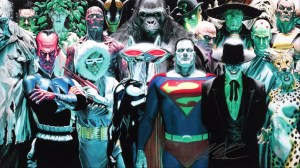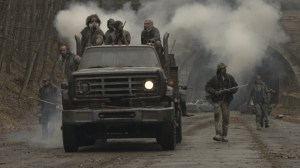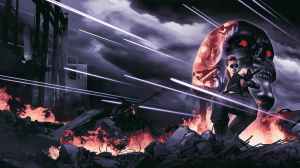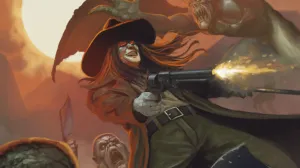James Gunn and Peter Safran’s new DC Universe is off to a promising start, with the animated Creature Commandos delivering a fun, violent, and surprisingly heartfelt debut. In addition, the upcoming second season of Peacemaker will soon bring one of DC’s most acclaimed live-action projects officially into the canon. Plus, DC Studios’ future slate suggests a welcome commitment to diverse genres and tones, with intriguing projects like the detective-style Lanterns, the Themyscira-set political drama Paradise Lost, and a new animated take on Mister Miracle. Thanks to that, the new DCU is laying the foundation for exciting and varied television in the upcoming years.
Videos by ComicBook.com
This new era also builds on the long legacy of DC television. For years, the fan-favorite Arrowverse dominated the small screen, creating its own sprawling universe across hundreds of episodes of shows like Arrow, The Flash, and Legends of Tomorrow. On the animated front, series like Batman: The Animated Series, Justice League Unlimited, and Young Justice are rightfully considered untouchable pillars of the medium, setting a standard for sophisticated storytelling that still holds up today. And yet, when considering the entire history of live-action television, one series stands head and shoulders above the rest as the single greatest creative achievement DC has ever produced. Despite all these gems, the best live-action TV show DC ever produced is Doom Patrol.
What Is Doom Patrol?
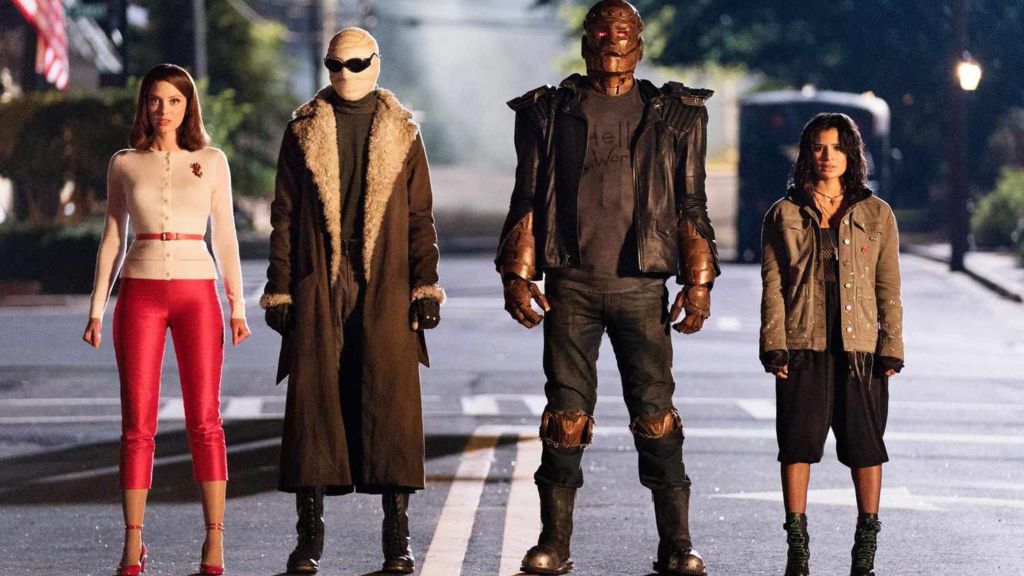
Premiering on the DC Universe streaming service in 2019 before moving to HBO Max and concluding in 2023, Doom Patrol introduced audiences to a group of individuals who are less of a superhero team and more of a dysfunctional support group. Their story begins when they are brought together by the brilliant, manipulative, and wheelchair-bound Dr. Niles Caulder, aka The Chief (Timothy Dalton), who saved each of them from death. They live in seclusion at Doom Manor, ostensibly protected from a world that would reject them.
The core members are a collection of metahumans profoundly scarred, both physically and psychologically. For starters, Cliff Steele (voiced by Brendan Fraser, physically performed by Riley Shanahan) is a former NASCAR driver whose brain was salvaged from a horrific crash and placed inside a clunky robot body, forever robbing him of his sense of touch and his connection to his daughter. Then, there’s Larry Trainor (voiced by Matt Bomer, physically performed by Matthew Zuk), a closeted 1960s Air Force pilot who, after a flight accident, became fused with a being of pure negative energy. Wrapped in special bandages to contain his radiation, he wrestles with a lifetime of shame and a symbiotic relationship he cannot control. Adding to the mix, there’s Rita Farr (April Bowlby), a vain, image-obsessed 1950s film star whose exposure to a toxic gas left her unable to maintain a solid form, her body constantly threatening to dissolve into a gelatinous blob. Finally, there is Kay Challis, better known as Crazy Jane (Diane Guerrero), a young woman who developed 64 distinct alters as a result of horrific childhood abuse, with each alter possessing a unique superpower.
The team dynamic is further complicated by the arrival of Victor Stone, aka Cyborg (Joivan Wade), a hero from Detroit who, unlike the others, actively sought a public crime-fighting career. His internal struggle with his cybernetics and his controlling father, Silas Stone (Phil Morris), places him between the world of traditional heroes and the utter weirdness of the Manor. This is the basic premise that sets the story of Doom Patrol in motion, unashamedly embracing the weirder aspects of comic book lore while still being astonishingly thoughtful with how it deals with its difficult themes.
Doom Patrol‘s Radical Exploration of Trauma
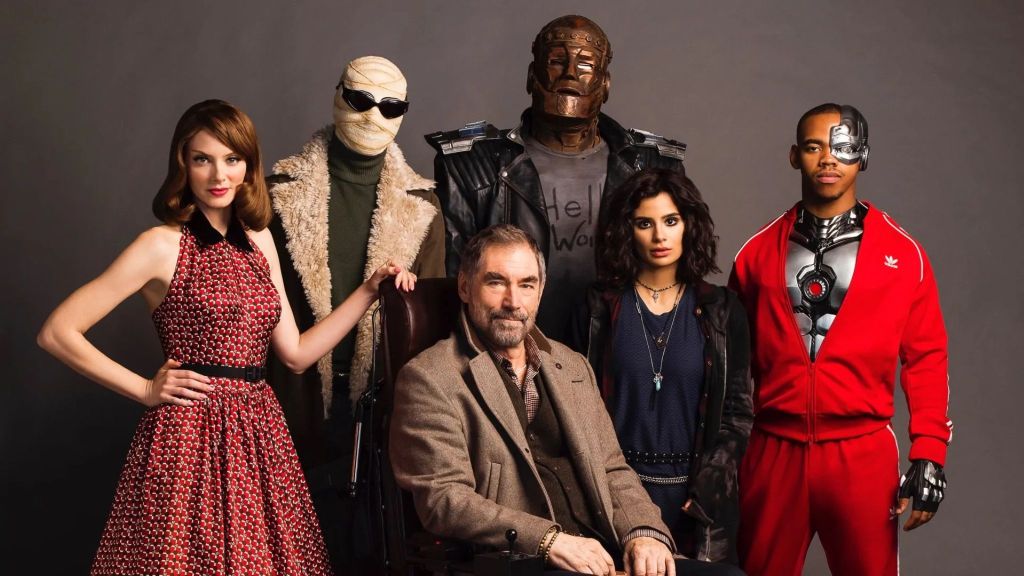
What makes Doom Patrol truly exceptional is its singular focus on character. The powers of the whole team are initially depicted as curses, physical manifestations of each person’s core trauma. Cliff’s robotic form is a prison that prevents him from connecting with other humans. Larry’s Negative Spirit is a constant, invasive reminder of the life and love he was forced to hide away. Rita’s inability to control her body is a direct reflection of her deep-seated fear of imperfection and the pressures she faced as a Hollywood star. The series uses this framework to dive into themes of grief, self-loathing, and recovery with a sincerity rarely seen in any genre, let alone superhero fiction.
Furthermore, the show’s portrayal of mental health is particularly noteworthy, especially in its handling of Jane. The series visualizes her fractured psyche as “The Underground,” a metaphysical subway system where her 64 alters reside, each with their role and history. This construct allows the show to explore the complexities of Dissociative Identity Disorder with nuance and compassion, instead of treating it just as a source of cool powers. The show applies this same depth to everyone, tackling Larry’s journey toward accepting his queer identity decades late, and Cliff’s battle with toxic masculinity and his failures as a father. As a result, Doom Patrol is not a story about getting “cured,” but instead about the painful, non-linear, and ongoing process of learning to live with your scars.
Doom Patrol Isn’t Afraid of Getting Weird
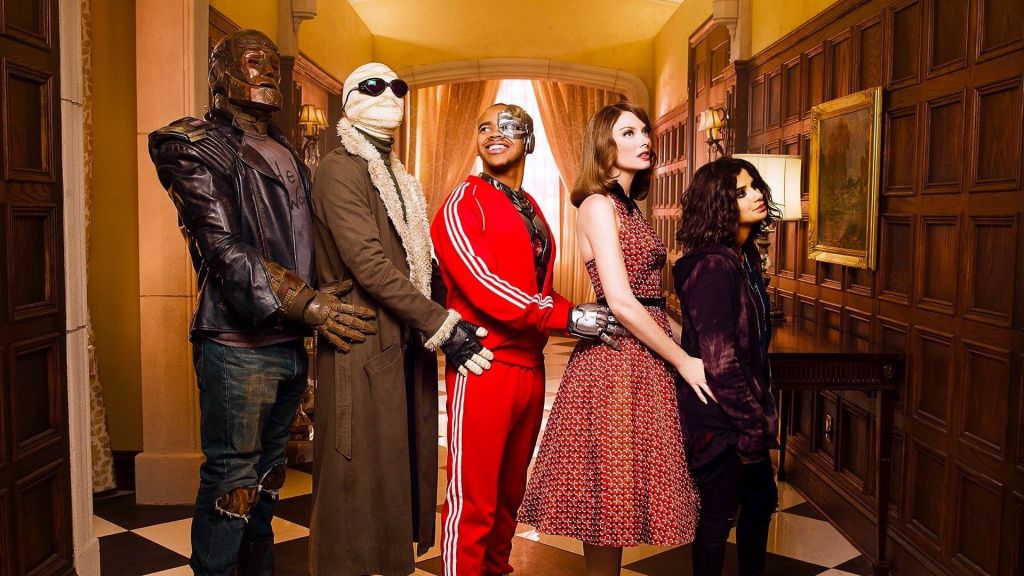
To tell these deeply human stories, Doom Patrol fully embraces the most surreal and philosophical elements of Grant Morrison’s seminal comic book run. The result is an unapologetically weird show, blending cosmic horror with vaudevillian comedy. For instance, the primary antagonist of the first season is Mr. Nobody (Alan Tudyk), a fourth-wall-breaking supervillain who narrates the show, mocks its tropes, and traps the team inside a sentient, teleporting, non-binary street named Danny. Across four seasons, the series features threats like the Decreator, an eyeball god that erases existence from reality; the Beard Hunter (Tommy Snider), a man who can track people by consuming their facial hair; and a plague of carnivorous butts called the Scants. Yet, this absurdity never feels gratuitous.
The inherent weirdness of the Doom Patrol‘s adventures always serves the story. After all, in a universe where you might have to fight an interdimensional cult or perform musical theater to stop the apocalypse, being a robot man or a woman made of goo feels slightly less abnormal. In addition, this bizarre backdrop allows the show to swing wildly in tone, genuinely surprising the fans who stick around for this wild ride. In the end, Doom Patrol is a show that understands that life itself is often a chaotic mix of the tragic, the hilarious, and the utterly inexplicable. By refusing to ground itself in a recognizable reality, Doom Patrol creates the perfect space to explore the messy, beautiful, and bizarre reality of being human.
What is your favorite bizarre moment from Doom Patrol? Let us know in the comments.

